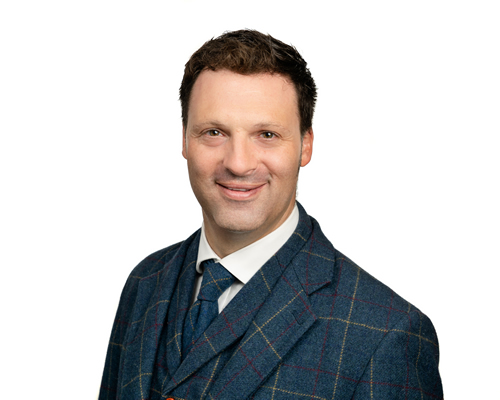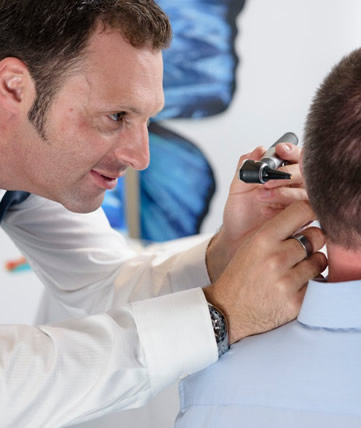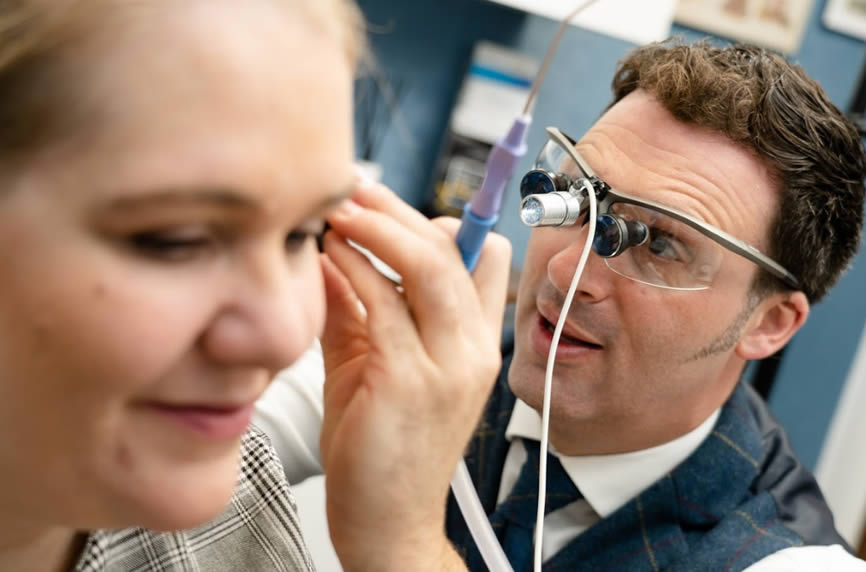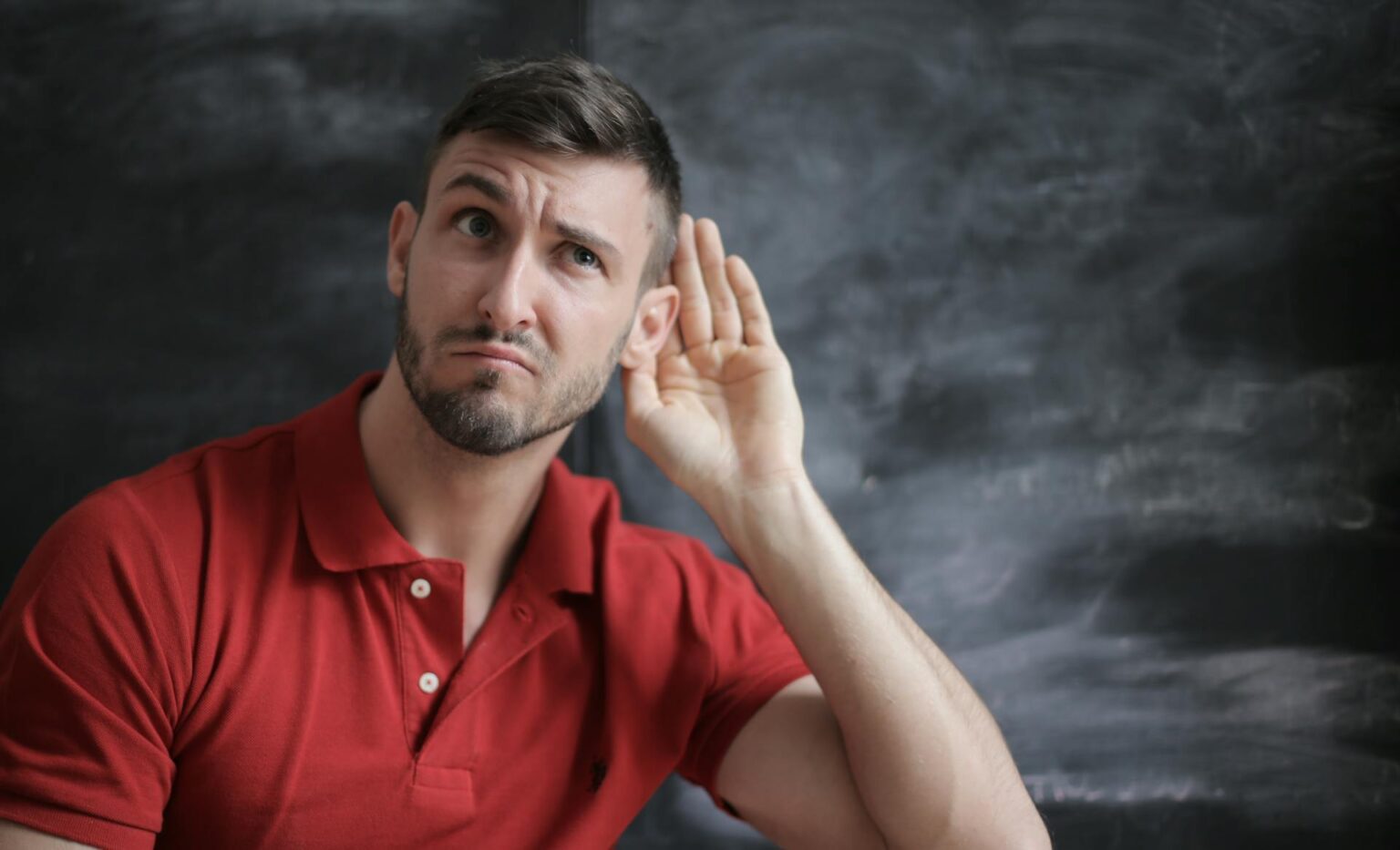Wondering what’s involved with ear wax syringing? Here’s our guide.
If you’ve been finding it increasingly hard to make out what people are saying, listen to what’s on the radio or TV and hear all kinds of other sounds, you might have a build-up of wax in your ear, and you may have to get it removed. Syringing is one of the most common ways of doing ear wax removal, and in this post, we’re going to look at what it is and how effective the treatment can be in restoring your hearing.
Ear wax usually falls out of your ear on its own. The sticky substance is secreted by cells in the inner ear. It has two functions: to help moisten the ear canal so the delicate lining doesn’t dry out and become flaky and trap any invaders such as viruses or bacteria that could cause you harm. It also carries debris, such as dead skin cells, dust and dirt, out of the ear. Normally ear wax hardens over time, migrates to the outer part of the ear and falls out, usually when you’re lying down, like when you’re in bed.
Sometimes, that doesn’t happen and you end up with too much ear wax and it blocks soundwaves, preventing them from reaching the inner workings of your ear that are responsible for transmitting frequencies to the brain, where they’re processed and understood. The causes can be:
- Things you push into your ears — like earbuds, earplugs and hearings aids, all of which can prevent ear wax from falling out;
- Ear canals that are overly hairy and narrow and effectively trap ear wax;
- Age, as wax becomes harder and stays in place the older you get;
- An overproduction of ear wax.
How Do You Know If You Have an Ear Full?
It’s not just muffled sounds that are a symptom of too much wax in your ear; it can lead to lots of other conditions too. One of the most common is earache associated with ear wax buildup, and it’s most likely caused by an infection that may be painful. You may have to take antibiotics to get rid of it, usually in the form of antibiotic ear drops.
Another sign of an abundance of ear wax in your ear is itchiness, and you may have an irresistible urge to stick something in them and scratch away to get some relief — don’t do this as there’s a risk of damaging your ear and hearing.
You may also have developed a cough and wondered why, as you don’t have a cold. Too much ear wax can be the culprit because it can stimulate a nerve that causes coughing. Other symptoms include dizziness and tinnitus, that irritating buzzing or ringing in your ears or head that just will not stop.
Whatever you do, if you think you have a build-up of ear wax, don’t be tempted to try and scoop or coax it out, with cotton buds or a pen or anything else. You’ll almost certainly push the ear wax further into the ear canal and pack it tightly together, resulting in a condition called impacted ear wax that makes it harder to remove.
So What Is Ear Wax Syringing?
Syringing of the ear is a safe, comfortable and easy way to get the excess ear wax out of your ear. Also called ear irrigation, it involves an initial examination of your ear or ears to see what’s going on in there — is there too much ear wax, is it impacted, is there an infection?
If you’re given the go-ahead for syringing ear wax, you’ll probably be asked to buy prescription oil drops that you will use for a day or two so that the wax softens up and is easy to remove.
During the syringing procedure, a gentle injection-like device is used to spray a solution containing saline and water into the ear; this breaks up the ear wax and flushes it out of the ear. That’s all that’s involved, and it’s a simple procedure. While the sensation of having water pumped into your ears might feel a bit odd, it’s painless and all over in a few minutes.
An alternative wax removal method called microsuction may also be worth considering, as it requires no water, but the same result is achieved. Ear care professionals are best to advise on which method, or a mixture of methods, are suitable for each individual.
Then you’re free of all that extra wax in your ears and hearing the world as you should.
Get your ears checked out and see if you need an ear wax removal, including by microsuction, at Regain Hearing. Book a consultation now!








